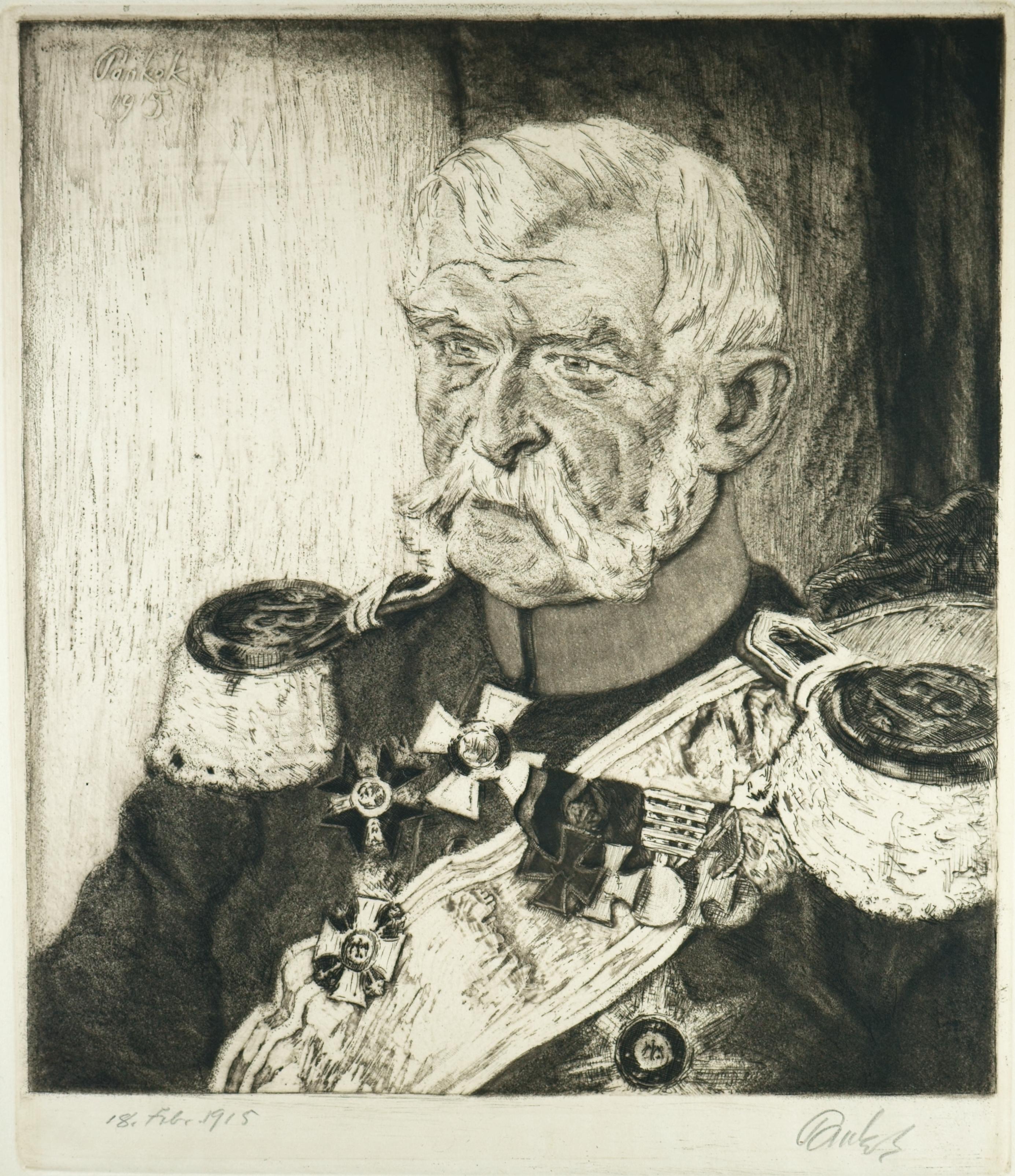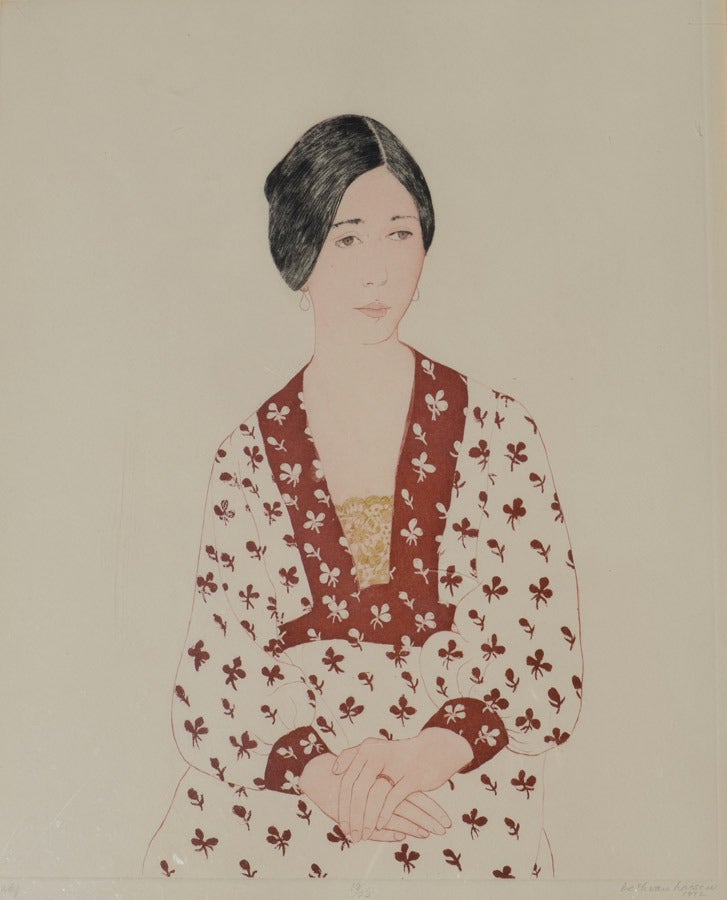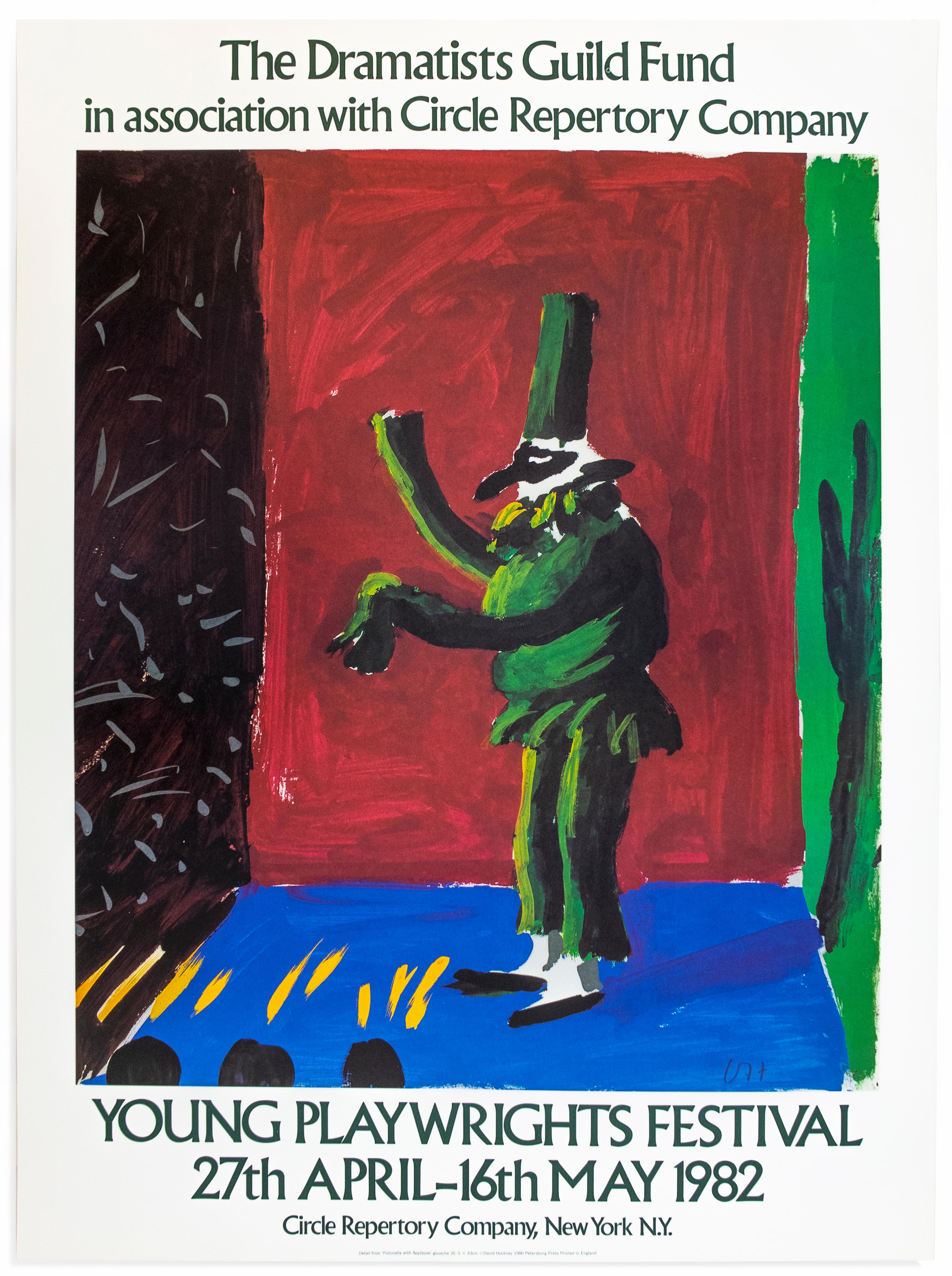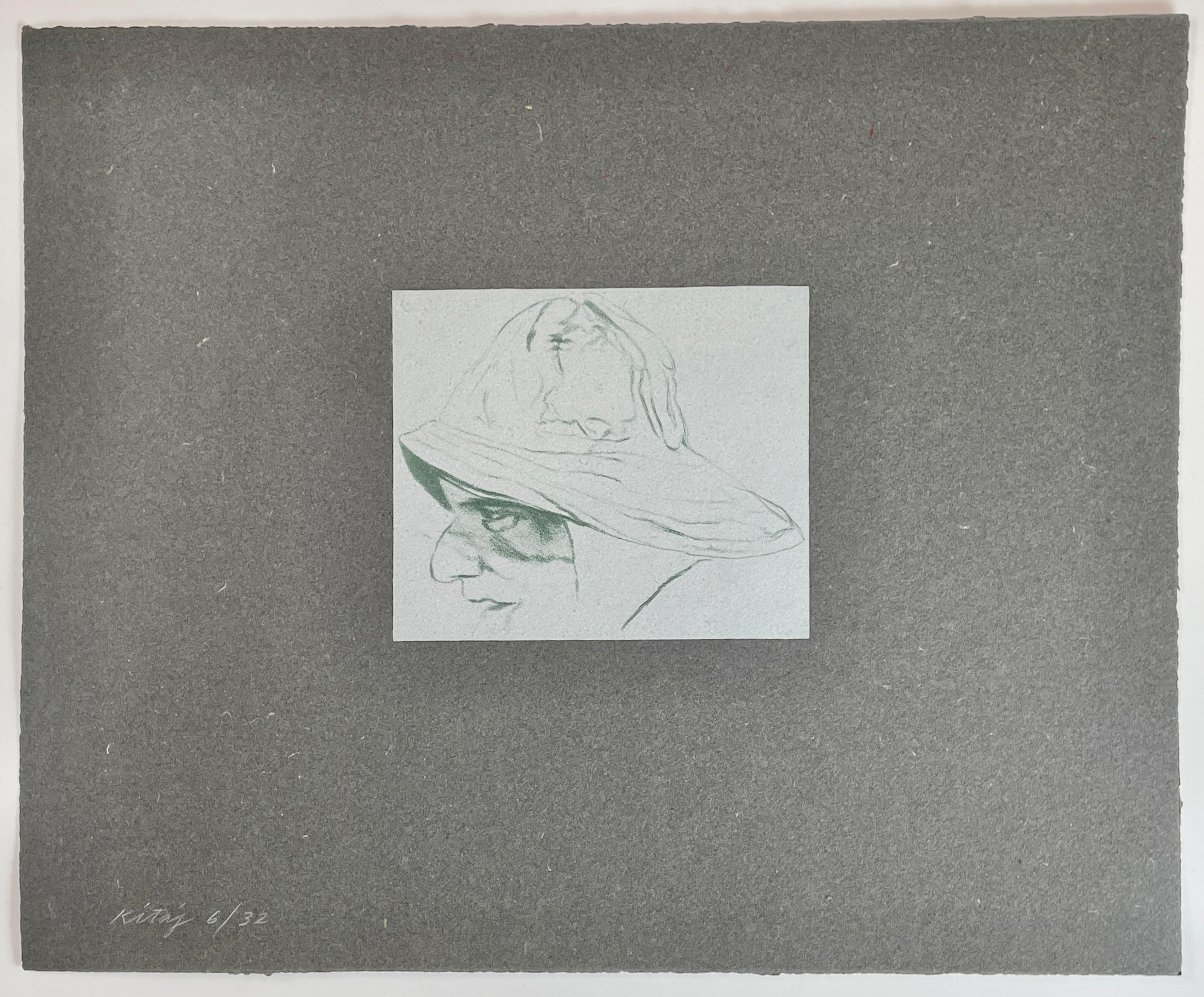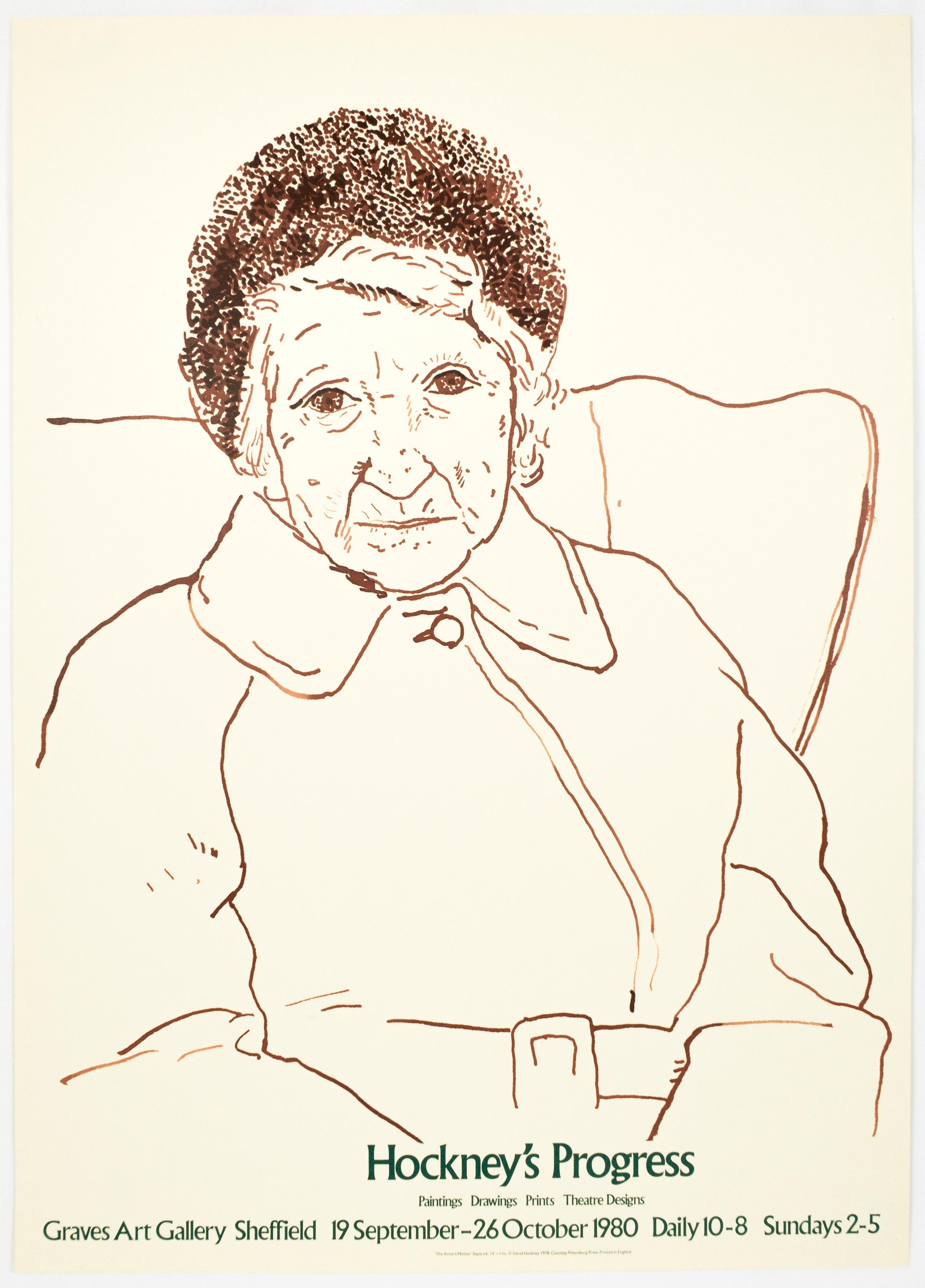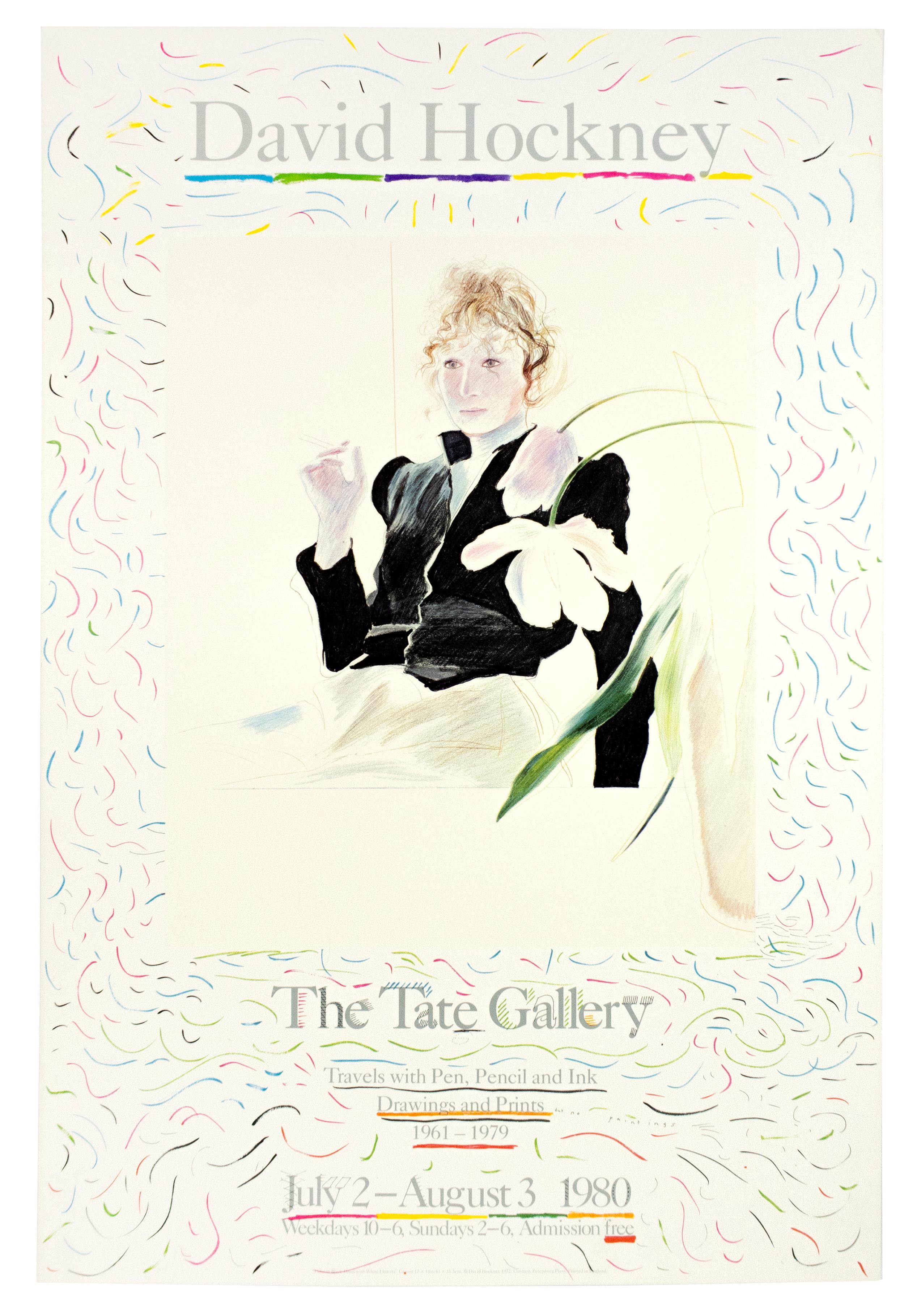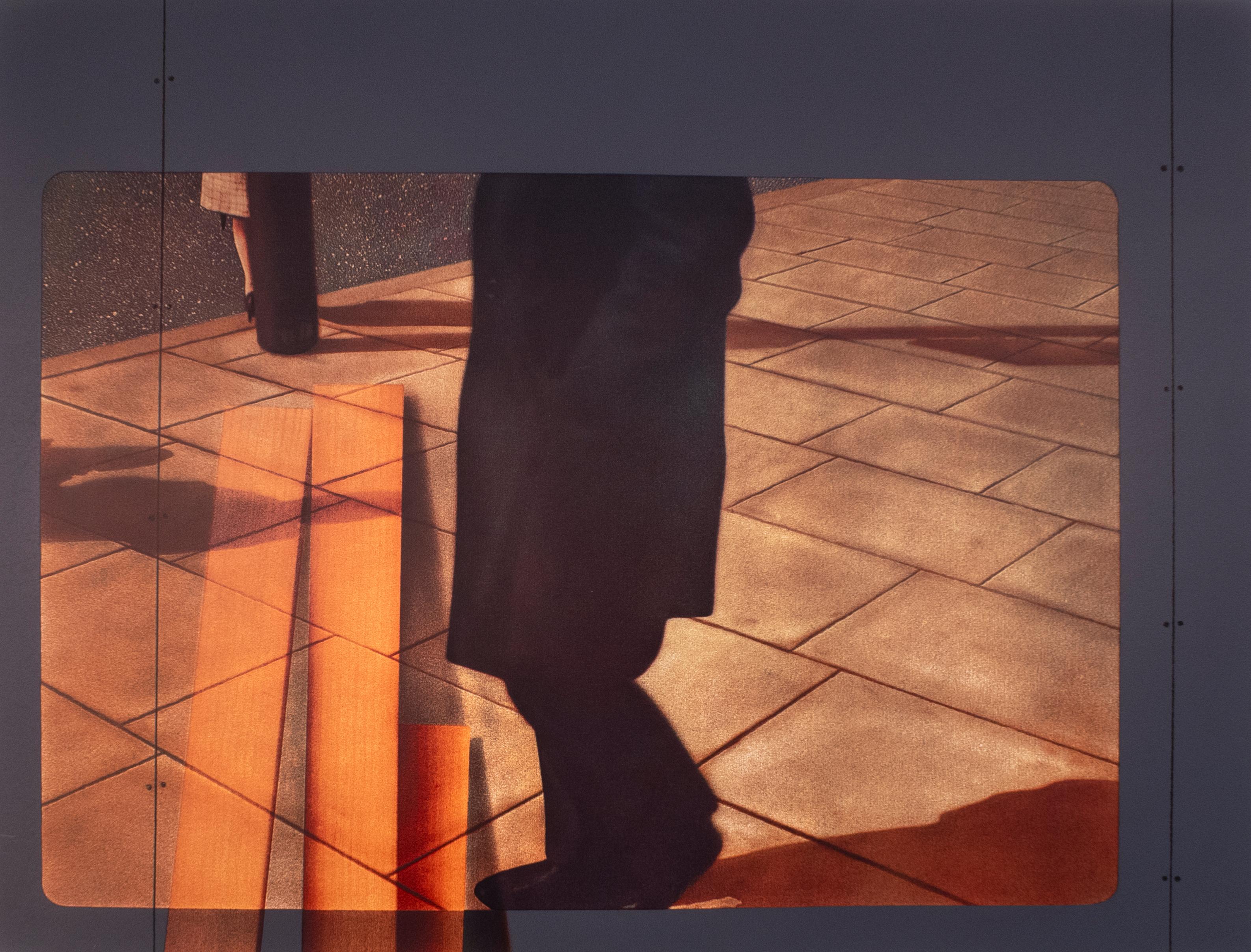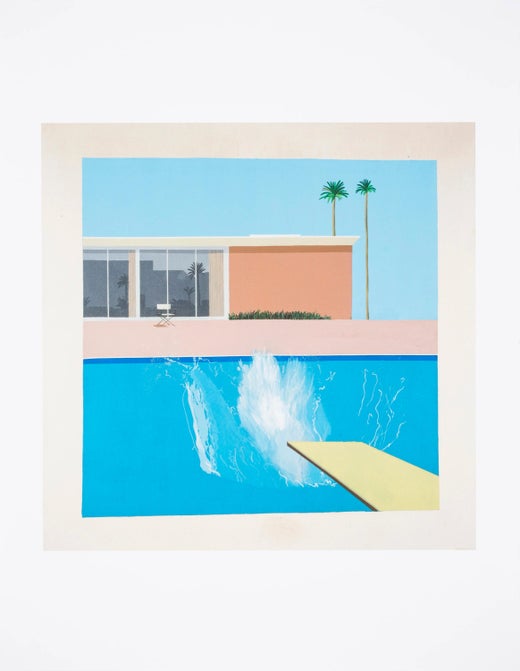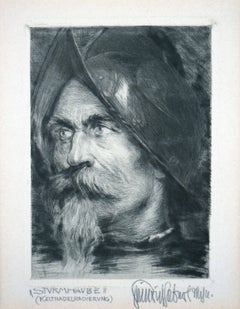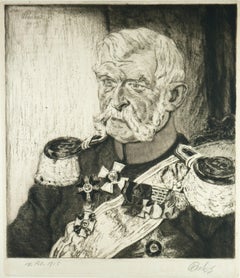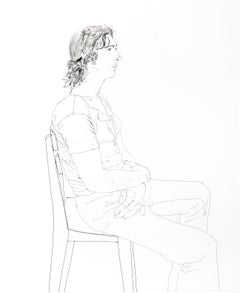
Maurice Payne David Hockney seated black and white portrait drawing of young man
View Similar Items
David HockneyMaurice Payne David Hockney seated black and white portrait drawing of young man1971
1971
About the Item
- Creator:David Hockney (1937, British)
- Creation Year:1971
- Dimensions:Height: 35.75 in (90.81 cm)Width: 28 in (71.12 cm)
- Medium:
- Movement & Style:
- Period:
- Condition:Hinges on verso and natural aging of paper. 1 x 1/4 inch area lower left in margin with a faint mark and slightly effaced paper. 1/8" tear, middle right edge. Several pinpoint marks across sheet, as photographed.
- Gallery Location:New York, NY
- Reference Number:1stDibs: LU121127346402
David Hockney
The art of David Hockney is always engaging in its pleasant ambiguities: his prints, drawings and paintings are warm but somehow aloof; filled with light yet often dark and brooding in subject; simple, frank and mundane, but also ethereal and complex. The artist’s stature in the contemporary art world is such that, in a 2011 survey of one thousand British painters and sculptors, he was named the most influential British artist of all time.
Hockney grew up in Bradford, in the northern English county of Yorkshire, studying at the Bradford School of Art from 1953 to ’57, and at the Royal College of Art in London from 1959 to 1962. Though he was educated in art at a time when abstraction dominated the field, Hockney stuck resolutely to figurative painting and drawing.
Hockney's early paintings suggest a search for a style, veering from Expressionism to a grotesquerie suggestive of James Ensor. But Hockney found himself almost the moment he arrived in Los Angeles, in 1963. The move from the gray and rainy Britain to a world of bright sunshine and sparkling water brought Hockney a sense of freedom and an artistic epiphany. He would spend most of the next five years in L.A., painting luminous pictures, such as A Bigger Splash (1967), of things that made him happy: swimming pools, manicured lawns, palm trees, stucco buildings and luxuries like shower stalls. Hockney also painted people, almost always his friends. His California portraits such as Beverly Hills Housewife (1966) are considered to be his finest work. They are at once grandly scaled, intimate and poetic.
In the 1970s, Hockney moved back to Britain and spent much of his time on photography and printmaking. He returned to painting in the 1980s, and to subjects like still lifes, seascapes and portraits. Hockney has always been fascinated by the use of technology in art — he’s credited with inventing the technique of joining Polaroid photos in a collage to form a panoramic picture — and has been using the Brush app to paint on an iPad. Because he is prolific and works in a wide range of mediums, Hockney’s art is available at many price points. His consistently striking and provocative work should have a place in any comprehensive collection of contemporary art.
Find original David Hockney art on 1stDibs.
More From This Seller
View All1970s Realist Portrait Prints
Etching
1980s Realist Figurative Prints
Lithograph
1970s Realist Portrait Prints
Lithograph
1970s Realist Figurative Prints
Lithograph
1980s Realist Figurative Prints
Lithograph
1980s Realist Portrait Prints
Lithograph
You May Also Like
Early 19th Century Realist Figurative Prints
Etching
1910s Realist Portrait Prints
Etching
1970s Realist Figurative Prints
Paper, Screen
1970s Realist Figurative Prints
Lithograph
Mid-20th Century Realist Figurative Prints
Offset
2010s Realist Portrait Prints
Paper, Archival Pigment


